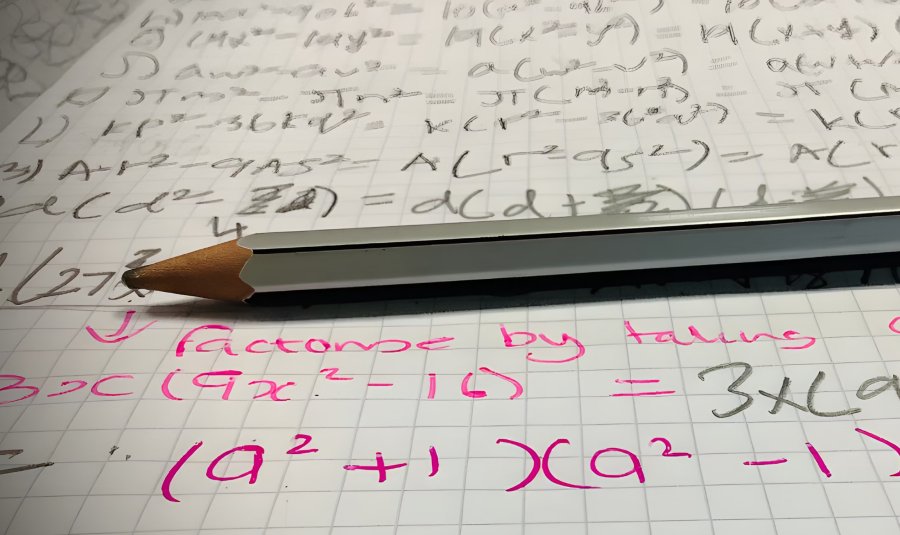From STEM to Humanities: How to Tackle Essays in Every Field

Writing across disciplines presents unique challenges for students and professionals alike. Whether you’re crafting a technical report for engineering or a literary analysis for English literature, understanding the fundamental differences in approach can significantly impact your success. This comprehensive guide will walk you through effective strategies for tackling essays in various academic fields, helping you adapt your writing style to meet discipline-specific expectations.
Understanding the Fundamental Differences
The core distinction between writing in STEM and humanities lies in their different objectives and methodologies. While STEM writing often prizes precision, objectivity, and evidence-based conclusions, humanities writing tends to value interpretation, critical thinking, and nuanced argument. If you’re struggling with assignments across different departments, know that you can write my paper at a reasonable price through various tutoring services that specialize in cross-disciplinary writing assistance. However, learning to navigate these differences yourself is an invaluable skill that will serve you throughout your academic and professional career.
STEM Writing: Precision and Evidence
Scientific Papers
When approaching scientific papers, clarity and precision reign supreme. Scientific writing follows a structured format that typically includes:
- Abstract: A concise summary of your research question, methodology, results, and conclusions.
- Introduction: Establish context, define the problem, and state your hypothesis.
- Methodology: Provide detailed, replicable procedures.
- Results: Present data objectively without interpretation.
- Discussion: Interpret results and connect to existing literature.
- Conclusion: Summarize findings and suggest future research directions.
The key to successful scientific writing lies in the precision of language. Each term should be carefully chosen to convey the exact meaning, with technical vocabulary used appropriately. When you need to write research papers in scientific disciplines, focus on:
- Avoiding ambiguity by using specific terminology
- Supporting claims with quantitative data and statistical analysis
- Maintaining an impersonal, objective tone
- Citing recent, peer-reviewed research
- Creating clear, properly labeled figures and tables
Mathematical and Engineering Essays
Mathematical and engineering writing shares many characteristics with scientific writing but places even greater emphasis on logical progression. When writing in these fields:
- Begin with clear definitions of terms and notation
- Structure content to build logically from simple to complex concepts
- Include relevant equations, explaining their significance
- Connect theoretical concepts to practical applications
- Use diagrams and flowcharts to illustrate processes
Humanities Writing: Interpretation and Argument
Literature and Philosophy Essays
Humanities disciplines value critical thinking, interpretation, and argumentation. When writing for literature or philosophy:
- Thesis Statement: Develop a clear, arguable claim that will guide your analysis.
- Textual Evidence: Support interpretations with specific textual references.
- Analysis: Move beyond summary to explore deeper meanings and implications.
- Context: Consider historical, cultural, and theoretical frameworks.
- Counterarguments: Acknowledge and address opposing viewpoints.
The strength of humanities writing lies in its ability to develop nuanced arguments. When you essay writing tasks for literature or philosophy courses, focus on:
- Crafting a compelling thesis that makes an interpretive claim
- Supporting your argument with textual evidence and close reading
- Engaging with secondary sources and critical theory
- Developing your own voice and perspective
- Creating smooth transitions between ideas
History and Social Science Papers
History and social sciences bridge STEM and humanities approaches, requiring both evidence-based reasoning and interpretive analysis:
- Frame research questions that address significance beyond mere facts
- Evaluate primary and secondary sources critically
- Balance narrative elements with analytical components
- Consider multiple perspectives and interpretations
- Connect specific events or findings to broader patterns and themes

Interdisciplinary Approaches: Bridging the Divide
As academia increasingly values interdisciplinary research, developing versatility in your writing becomes more important. Some strategies for bridging disciplinary divides include:
Adapting Structure
While STEM papers generally follow the IMRaD structure (Introduction, Methods, Results, and Discussion), humanities papers often use a thesis-driven format. For interdisciplinary work:
- Consider which structural elements best serve your content
- Adapt traditional formats to accommodate cross-disciplinary needs
- Create clear signposts to guide readers through unfamiliar territory
- Use section headings strategically to organize complex material
Balancing Objectivity and Interpretation
Different disciplines have different expectations regarding the writer’s voice and presence in the text:
- STEM writing traditionally minimizes the author’s presence
- Humanities writing often foregrounds the author’s perspective
- Interdisciplinary writing requires thoughtful navigation of this spectrum
- Consider your audience’s expectations regarding objectivity versus subjectivity
Integrating Different Types of Evidence
Effective interdisciplinary writing integrates multiple forms of evidence:
- Quantitative data can strengthen humanitarian arguments
- Qualitative analysis can contextualize STEM findings
- Visual elements (charts, images) can support both approaches
- Personal narratives may be appropriate in some contexts
Universal Writing Principles
Regardless of discipline, certain principles apply universally:
Clear Communication
Whether you’re trying to write papers for me or working independently, clarity should never be sacrificed, regardless of field:
- Define specialized terminology
- Construct logical paragraph structures
- Use appropriate transitions
- Avoid unnecessarily complex language
Audience Awareness
Always consider who will read your work:
- Adjust technical vocabulary based on audience expertise
- Provide the necessary background information
- Address potential questions or objections
- Consider disciplinary expectations and conventions
Revision Process
The revision process is critical across all disciplines:
- Review for logical flow and coherence
- Eliminate redundancy and tighten prose
- Check for grammatical and mechanical errors
- Seek feedback from peers or mentors in that discipline
Conclusion
Mastering writing across different academic disciplines requires flexibility, attention to disciplinary conventions, and practice. By understanding the fundamental differences between STEM and humanities writing—from structure and evidence to voice and purpose—you can adapt your approach to meet the expectations of any assignment. Remember that good writing, regardless of field, communicates ideas clearly and effectively to its intended audience. As you develop your writing skills, you’ll find that techniques from different disciplines can often complement each other, leading to stronger, more nuanced work that bridges traditional academic boundaries.
The most successful academic writers are those who can move fluidly between disciplinary conventions, adapting their approach while maintaining their unique voice. By practicing the strategies outlined in this guide, you’ll be well-equipped to tackle writing assignments across the academic spectrum.





